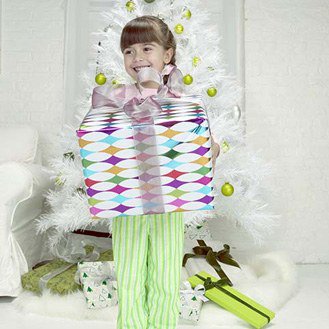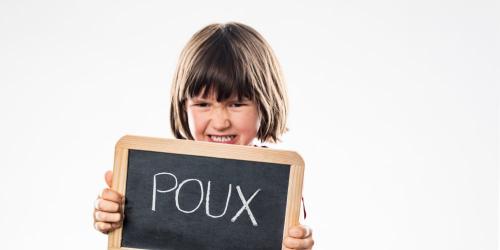At one month of the holiday season, 6 0 million consumers revealed that out of 66 toys tested, 30 contain potentially dangerous chemicals , in its December magazine to be published Tuesday, November 24. From figurines to dolls to wooden toys, disguises and make-up, the body has detected the presence of heavy metals, chemicals or dyes .
Two major families of chemicals - phthalates and formaldehyde , have been detected in plastic toys, wooden toys and dolls . The latter are particularly distinguished, with Dora the Explorer and Swimmer Beedibies, which contain "the most worrying phthalates ... at rates however below the thresholds set by regulation ".
In addition, despite their ecological aspect, wooden toys are pinned by 60 million consumers, which in thirteen out of fifteen articles have identified chemical substances, including formaldehyde, or heavy metals .
The most popular toys are no exception, as the concentration of phthalates in the bucket valve of a Barbie doll reached 26% . Chemicals have also been found in Hello Kiity pouches.
Finally, the results of this survey for make-up boxes do not bode well, as only one in five products did not show heavy metals .
Note that only the eight comforters and soft toys analyzed present themselves as the best students, with no chemical substances detected. 60 million consumers, however, wish to point out that these products can be dangerous if the eyes, muzzle or hair can become detached.
And now, here are some tips to avoid the poisoned gift:
1. Choose cloths or organic cotton dolls
The organization advises to choose these products because plastic dolls, synthetic dolls or with electronic components can sometimes contain "many toxic substances". It is also advisable to wash the dolls before use.
2. Avoid miniature dolls and promotional gifts
Miniature dolls and promotional gifts may present dangers because the limits set by the toy regulations do not apply to them.
3. Opt for FSC and PEFC labels for wooden toys
Guarantors of sustainable forest management, the FSC and PEFC labels guarantee traceability to consumers. WECF also advises the purchase of non-varnished raw wood toys, such as beech or maple.
4. Look for "PVC-free" and "phthalate-free"
For plastic toys such as figurines, consumers should be aware of the "PVC-free" and "phthalate-free" indications. The study of 60 million consumers published tomorrow in its December issue precisely states the presence of these toxic substances in nine out of 25 plastic articles.
5. Ventilate new PVC products at least two days before use
To avoid any risk of poisoning or other hazards, WECF considers it necessary to open the packaging of the PVC products in order to leave them in the open air before use.
6. Do not buy scented toys
You should not buy scented toys because "perfumes can trigger allergies". It is preferable to buy toys with food colorings or from plants and without preservatives.
7. Choose natural or organic fiber soft toys
To ensure that fluff contains no chemicals, it is better to choose natural or organic fiber products, such as Oeko-Tex. In all cases, WECF advises to wash the teddy bears before giving them to the children.
8. Identify the CE mark
Any toy that does not carry the CE mark on its packaging is to be excluded as this indicates that the product does not comply with European regulations.
9. Inspect the toy before use
It is always better to inspect the toy even after unpacking the gifts before leaving it to the children. It is a question of checking whether the parts of the toy do not come loose or that they can not be swallowed.
10. Select the GS and SpielGut labels
The GS and SpielGut labels of independent bodies guarantee compliance with toy regulations and the absence of toxic substances.
Website: www.wecf.eu


